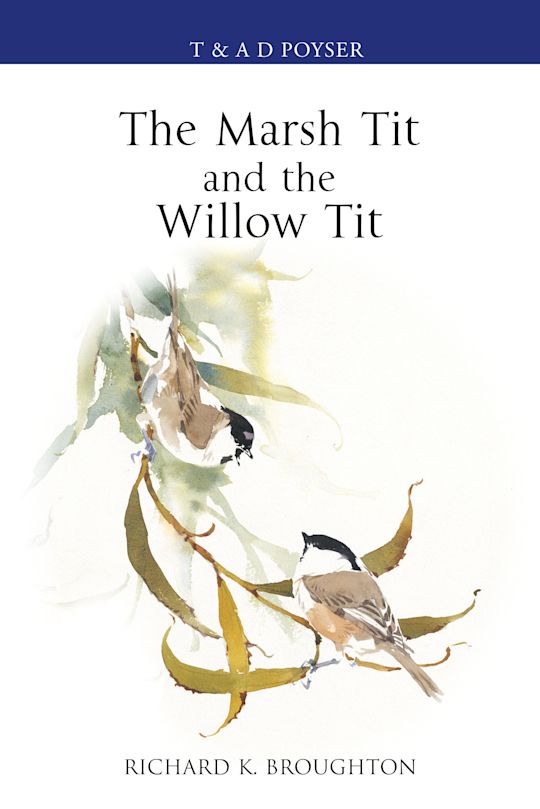Just as the sun came up, Emily Longman held up a map of boulders that were laid out in front of her—a rocky outcrop off of Second Sled Road in Dillon Beach. To her surprise, the map was still largely accurate, nearly eight decades later. She walked in her rain boots towards one of the bigger boulders, a few feet higher than her five-foot stature, covered in a seemingly impenetrable layer of inky black mussels. But she knew what lay between them, and pulled them apart anyways. Glowing under her headlamp were tightly-packed red barleysnails, green anemones, white barnacles, beige limpets, and blue porcelain crabs.
The map was just one among many illustrations drawn by two UC Berkeley graduate students, Harvey Fisher and Milton Hildebrand, who documented thousands of individual organisms living among the mussel beds on a boulder at Dillon Beach in 1941. The report was later stored in the Bodega Marine Laboratory Library, where UC Davis marine scientist Eric Sanford and research associate Jackie Sones unearthed the exceptional record of life sampled just before the United States entered World War II. When UC Davis PhD candidate Emily Longman took on the project, she was struck by the scrupulousness of Fisher and Hildebrand’s observations.


Hand drawn map of rocky point at Dillon Beach in an unpublished 1941 student report by Fisher and Hildebrand; The rocky point at Dillon Beach in 2019 (Jacqueline Sones, UC Davis)
“They identified and counted every single organism,” says Longman. “They measured every single mussel… this report was just a treasure trove of data.”
The wealth of data drove Longman and Sanford to see how the mussel bed fared now, skeptical that it would contain as much life as it did 78 years ago. In southern California, mussel beds are disappearing at alarming rates as waters warm and ocean conditions change. They imagined a similar story at northern beaches. But as the worms, chitons, mussels, and snails Longman collected grew heavier in her buckets, she proved herself wrong. By the end of the summer in 2019, Longman recorded nine more species living in the mussel bed on the Dillon Beach boulder than Fisher and Hildebrand in 1941. But she also found something else—northern cool-adapted species are declining, and southern warm-adapted species are rising.
“It’s a sign of the resilience of marine ecosystems,” says Sanford. “But at the same time, it’s an indication that the oceans are changing rapidly.”

and that Longman and Sanford sampled in 2019 (left: Harvey Fisher and Milton Hildebrand, UC Berkeley; right: Jacqueline Sones, UC Davis)
The most common mussel, from Baja California to Alaska, is the California mussel (Mytilus californianus). These mussels are a foundation species—they create habitats, like “a big hotel for many different animals,” says Longman. The mussels are linked by Byssal threads, silky but strong strands of proteins that attach their shells to rocks amid crashing waves. These linkages create a three-dimensional mussel matrix of pockets and channels for invertebrates to navigate and hide from the predators and the sun.
But their sessile lifestyle can also be a death sentence during times of crisis. Forever attached to rocks in the intertidal zone where both land and sea temperatures are rising, mussels are especially susceptible to overheating. Warmer waters also means fewer plankton for mussels to eat. During a June 2019 heatwave, Sones found a sizable bed of Bodega Bay mussels cooked ^(https://www.blogquicker.com/goto/https://baynature.org/2019/06/26/californias-early-june-heat-wave-cooked-coastal-mussels-in-place/)in their shells. The 2021 Northwest Heat Dome killed billions of oysters, mussels, and clams from northern California to Canada. In southern California, a 2006 study ^(https://www.blogquicker.com/goto/https://pubmed.ncbi.nlm.nih.gov/16761594/) found that mussel bed diversity declined by an average of 58 percent—enough to convince Longman and Sanford that mussel bed diversity must also be declining at Dillon Beach.
“We were following the conclusions from the southern California study,” says Sanford. “We thought we might see a similar trend.”
But they saw quite the opposite. Longman identified 40 species on the boulder in 2019, whereas Fisher and Hildebrand identified 31 species.


Lab technician Sarah Merolla (left) and Dr. Emily Longman (right) sampling the mussel bed at Dillon Beach in 2019 (Eric Sanford, UC Davis)
Dillon Beach at the southern end of Bodega Bay is known for its wide, sandy beaches and laidback atmosphere—good for tidepooling, surfing, and quiet strolls. About an hour and a half north of San Francisco, it doesn’t receive as many visitors as urban beaches, allowing small shorebirds like marbled godwits and snowy plovers to thrive without much disturbance. A 15-minute walk north of the main beach lies the rocky boulder field where Fisher and Hildebrand arrived 78 years ago. “Whenever we’re there, we almost never see people,” Longman says.
While biodiversity has seemingly boomed on Fisher and Hildebrand’s boulder field on Dillon Beach, not every species has been successful. Longman tracked six species found in northern California’s cooler waters, all of which decreased in abundance by 64 to 100 percent on the boulder. Species included striped sea snails like the northern striped dogwinkle and the channeled dogwinkle, the yellow twelve-legged rockweed isopod, the flat porcelain crab, and the thatched barnacle. One species, the gray-brownish tarspot sea-cucumber, was absent from the site altogether.
Meanwhile, three of the four species from warmer, southern waters have risen in abundance: hairy chitons like the Mopalia lionota, the California horsemussel, and the rough limpet. Generalist species that span across southern and northern coasts also did relatively well, as expected: 22 increased, 11 decreased, and one stayed the same.

Credit: Emily Longman and Eric Sanford, UC Davis
Enough southern species seem to have migrated such that overall biodiversity has been maintained, if not increased. Though Sanford is uncertain whether northern species at Dillon Beach are also migrating, it’s possible, he says. During the 2014-2016 Northeast Pacific marine heatwave, Sanford and colleagues reported 37 species that shifted farther north than ever recorded, into northern California, Oregon, Washington, and Canada.
And this trend is not something only Sanford’s group has observed. The heatwave caused over 100 northern range shifts for coastal and offshore species, 72 of which are invertebrates. Ocean creatures from tiny sea slugs to bottlenose dolphins have migrated north to cooler waters within the past couple of decades due to climate change. It’s “happening in ecosystems across the planet” in intertidal rocky shores, subtidal kelp beds, and on land, says Sanford. “Species in all natural ecosystems are shifting to higher latitudes.”
The northern migration of southern species, however, does not signal doomsday for Longman and Sanford. “The species that are showing up are native species to California,” Sanford says. “It’s not the same as an invasive species being introduced from some far off place.” As for what the shift means for the rest of the food web, Sanford predicts that it won’t create dramatic differences for wildlife. Birds and other predators may just have a slightly altered tasting menu.
“It doesn’t necessarily mean that there’s no longer food available for say, a shorebird foraging on the rocky shore,” says Sanford. “It just means that there might be less of some things and more of other things. Figuring out how that all plays out is fairly complex.”
Understanding how southern species are changing northern habitats will require monitoring, Longman and Sanford say. And while they are pleased with their findings, future diversity is not a guarantee.
“[It’s] really great to see that these mussel beds are healthy,” Longman says. “But there definitely should be a tiny bit of concern… This doesn’t mean that we shouldn’t care for our mussel beds in Northern California.”

#Mussel #Bed #Full #Life #Years



